These Are Some of the Biggest Mining Disasters in History
At the onset of the Industrial Revolution, large-scale coal mining was developed to supply sufficient energy for industries and transportation.
From the 18th century to the middle of the 20th century, hundreds of thousands of workers made a living working in the mines around the world.
Mining Disasters Throughout History
While the mines provided a steady paycheck for their workers, they also brought with them various dangers and disasters.
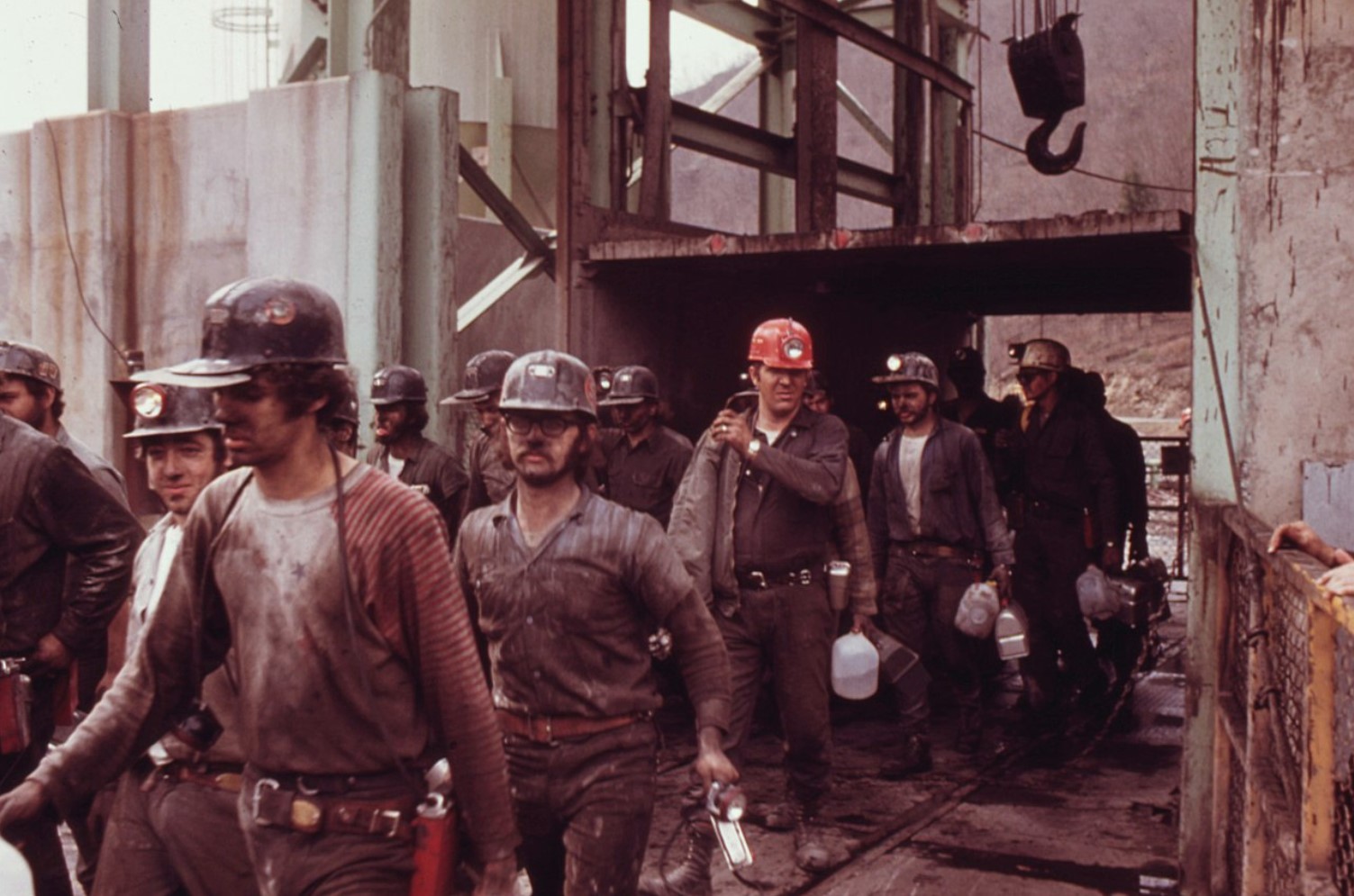
Source: Wikimedia
This, unfortunately, led to the death of thousands.
Courrières Mine Disaster
Courrières Mine in the northern part of France was considered a complex structure with several underground layers that connected to pit heads above. Many assumed this would help in times of emergency; however, this was not the case.
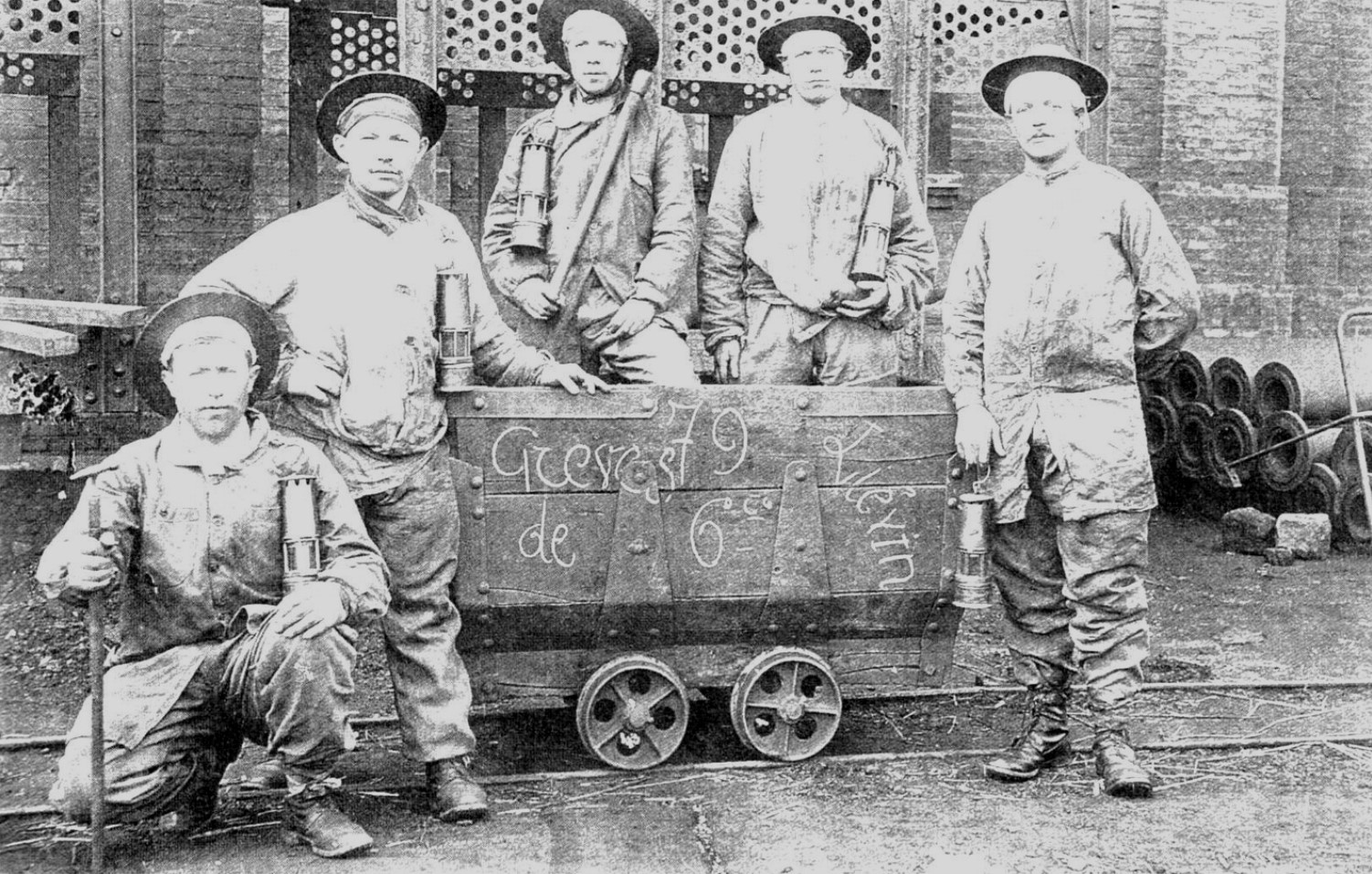
Source: Wikimedia
At the beginning of March 1906, the mine experienced a large gas explosion that killed over 1,000 miners.
What Caused the Courrières Mine Disaster
Opinions on the cause of the explosion vary. However, one popular theory suggests a miner’s open lamp ignited methane gas.
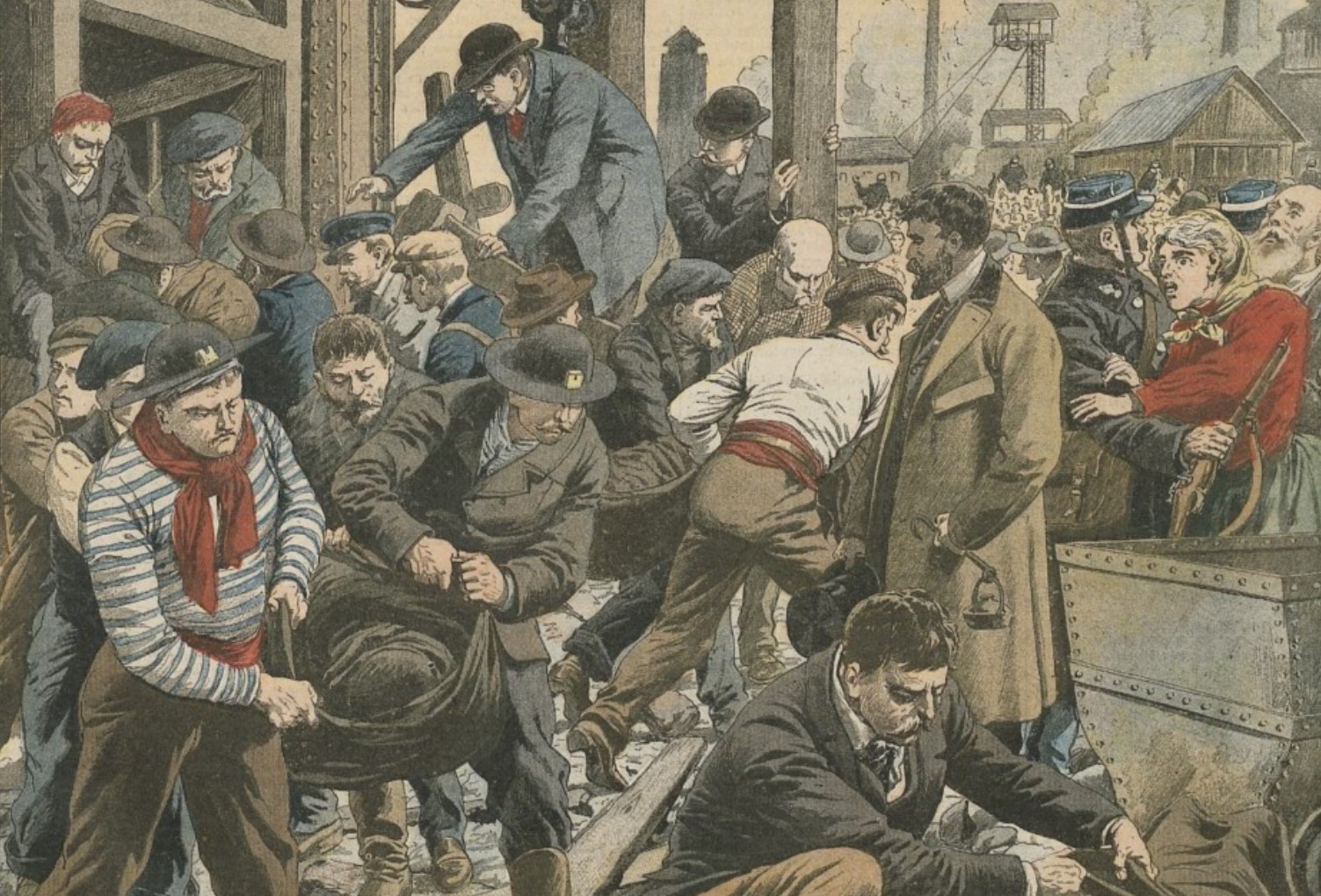
Source: Wikimedia
Enclosed lamps such as the Davy or Georgie variants were available during the era, yet they were not issued by the mine’s owners, sparking controversy. The disaster remains the worst mining incident to ever occur in Europe.
The Benxihu Colliery Disaster
In 1942, workers showed up for their usual shift at the Benxihu Colliery mine in the Liaoning province of China.
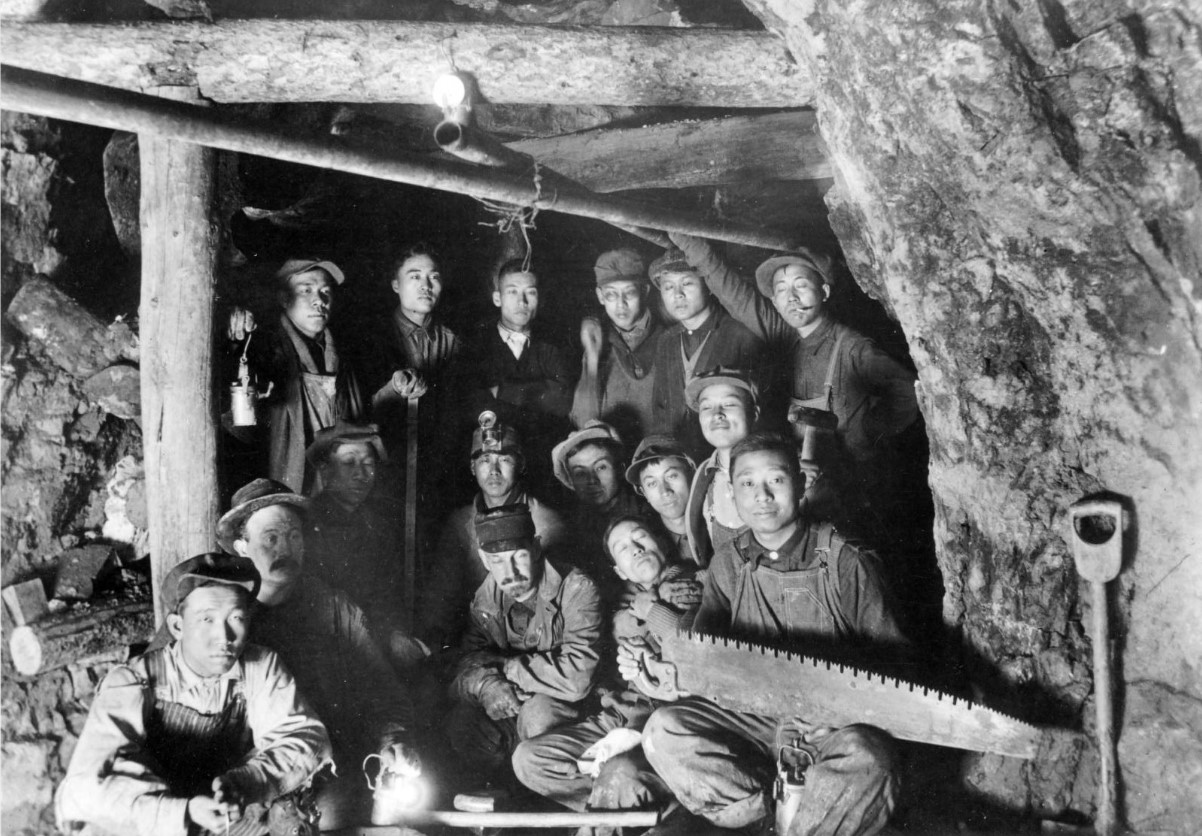
Source: Wikimedia
The mine was a joint effort from the Chinese and Japanese governments and was first opened in 1905. Four decades after it first opened, the mine would experience the worst disaster in the industry’s history.
The Worst Mining Disaster in History
In the spring of 1942, an explosion in the mine started an enormous fire that sent flames out of the mineshaft’s entrance. The authorities quickly decided to seal the pit head in an attempt to cut off oxygen from the fire.

Source: Freepik
However, in doing so, they trapped over 1,500 miners in the mine, each of whom began inhaling large amounts of smoke. As a result of the authorities’ actions, 1,549 miners lost their lives.
Chasnala Mine Disaster
In December 1975, a mine in Dhanbad, India, experienced a devastating explosion that led to catastrophic flooding.
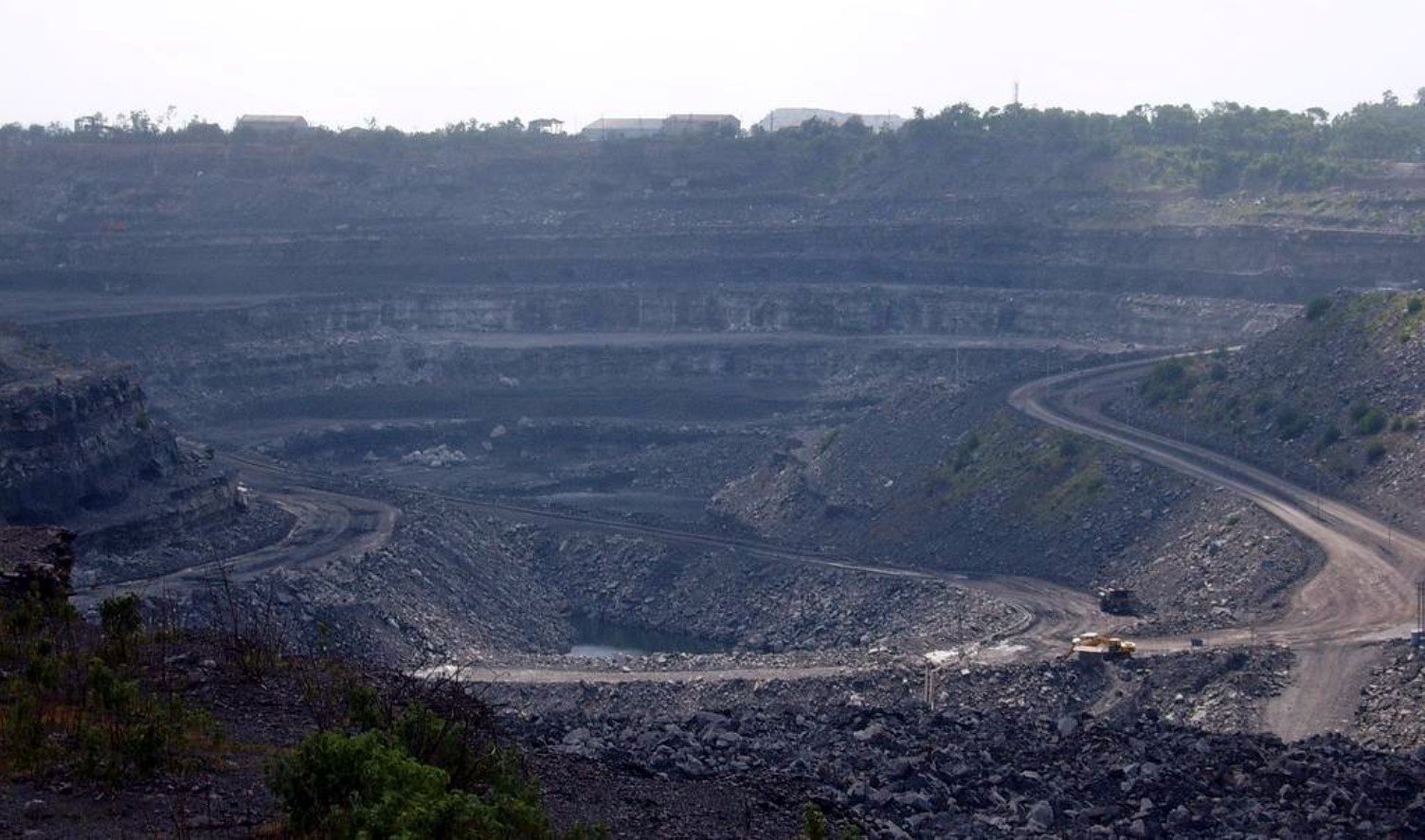
Source: Wikimedia
While theories about the origin of the explosion range from operational blasting to an ignition of methane gas, the end result saw hundreds of workers lose their lives.
The Aftermath of the Explosion
Search and rescue teams didn’t find any of the bodies until 26 days after the initial explosion. The total number of deaths was reported at close to 375, yet unions claim it was closer to 700.
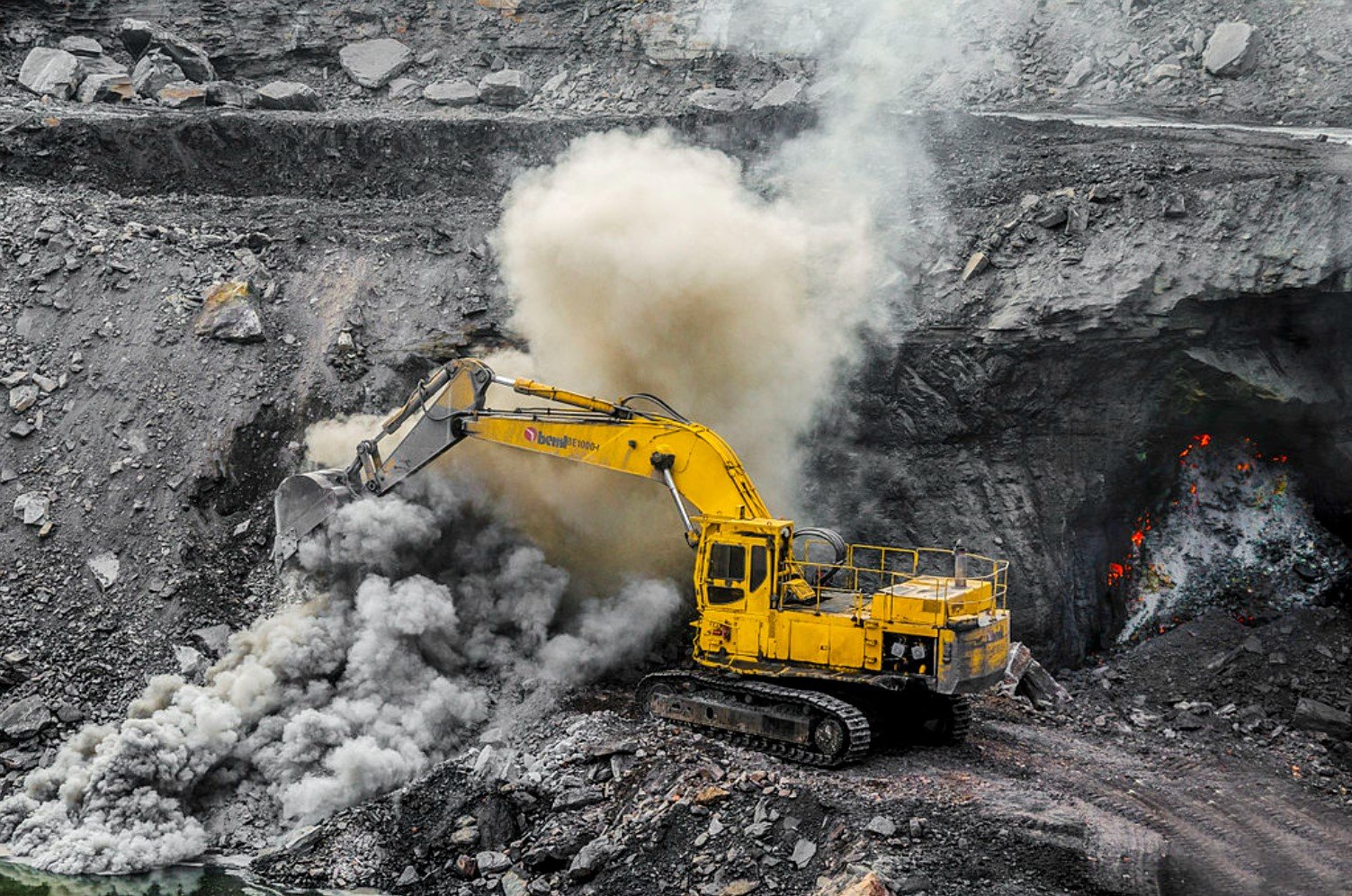
Source: Wikimedia
In the wake of the disaster, miners blamed bad management, who denied any responsibility. Over 37 years after the incident, two officials were fined a mere 5000 rupees, which equates to around $60.
Luisenthal Mine Disaster
The Luisenthal Mine in Völklingen, Germany, was known as a dangerous place to work in the early 1900s due to its high concentrations of flammable gases.
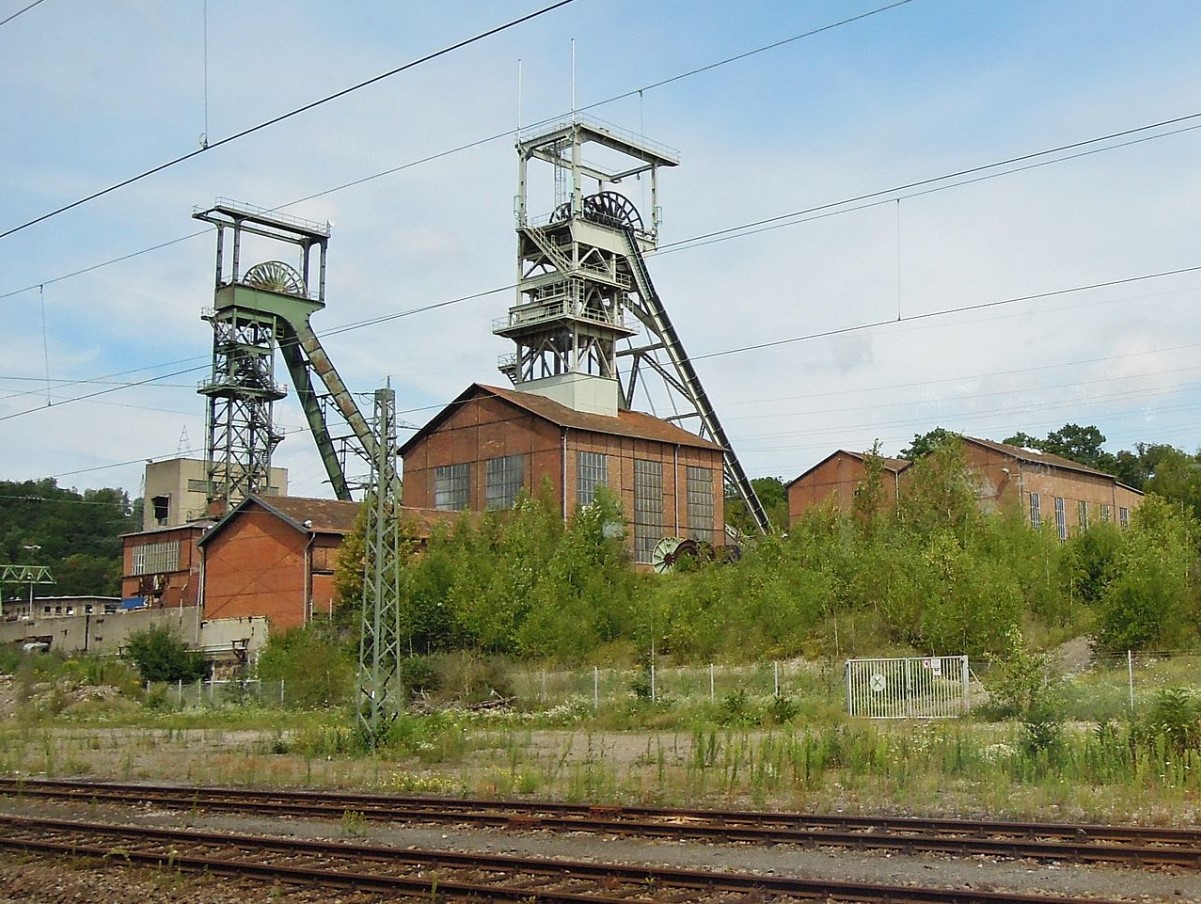
Source: Wikimedia
Over 20 explosions occurred during the 20th century, and following an incident in 1941 that saw 41 miners lose their lives, the mine was updated with the latest safety technology.
Devastating Explosion at the Luisenthal Mine
While the Luisenthal Mine was then deemed safe, just two decades later, an enormous explosion ripped through the mines after a cavern of methane was cracked open.

Source: Wikimedia
An estimated 299 miners lost their lives during the explosion, and a further 73 were injured. It remains the region’s worst coal mine disaster to date.
Gleision Colliery Disaster
In the small Welsh village of Cilybebyll lies Gleision Colliery. Unlike typical mines, the shafts were drilled horizontally into the side of a hill, which allowed them to access the coal bed.
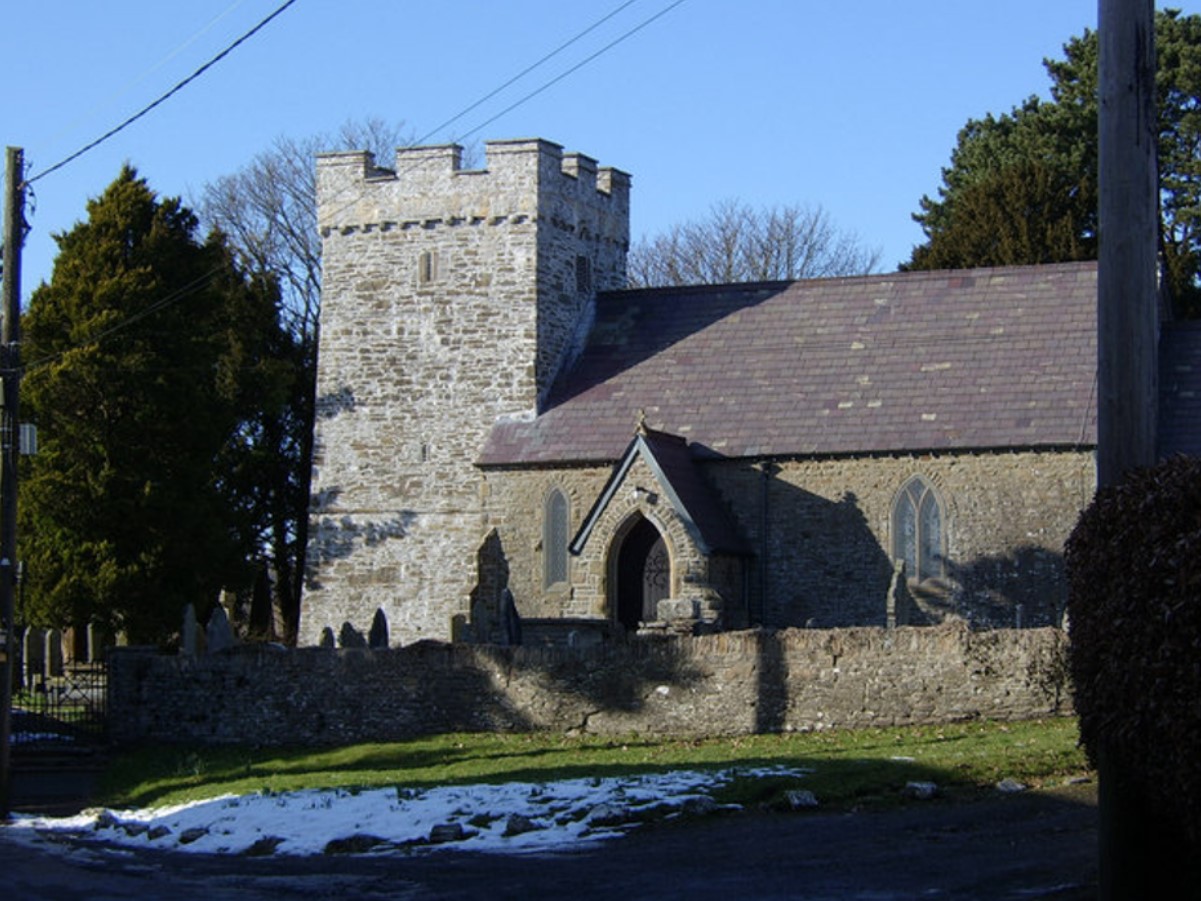
Source: Wikimedia
However, the Gleision Colliery was near an unused mine that was flooded. In 2011, disaster struck when several miners conducted several operational blasts, which unfortunately opened a hole in the flooded mine.
Workers Trapped 300 Feet Beneath the Ground
The mine began filling with water and trapped the seven active workers almost 300 feet beneath the ground.
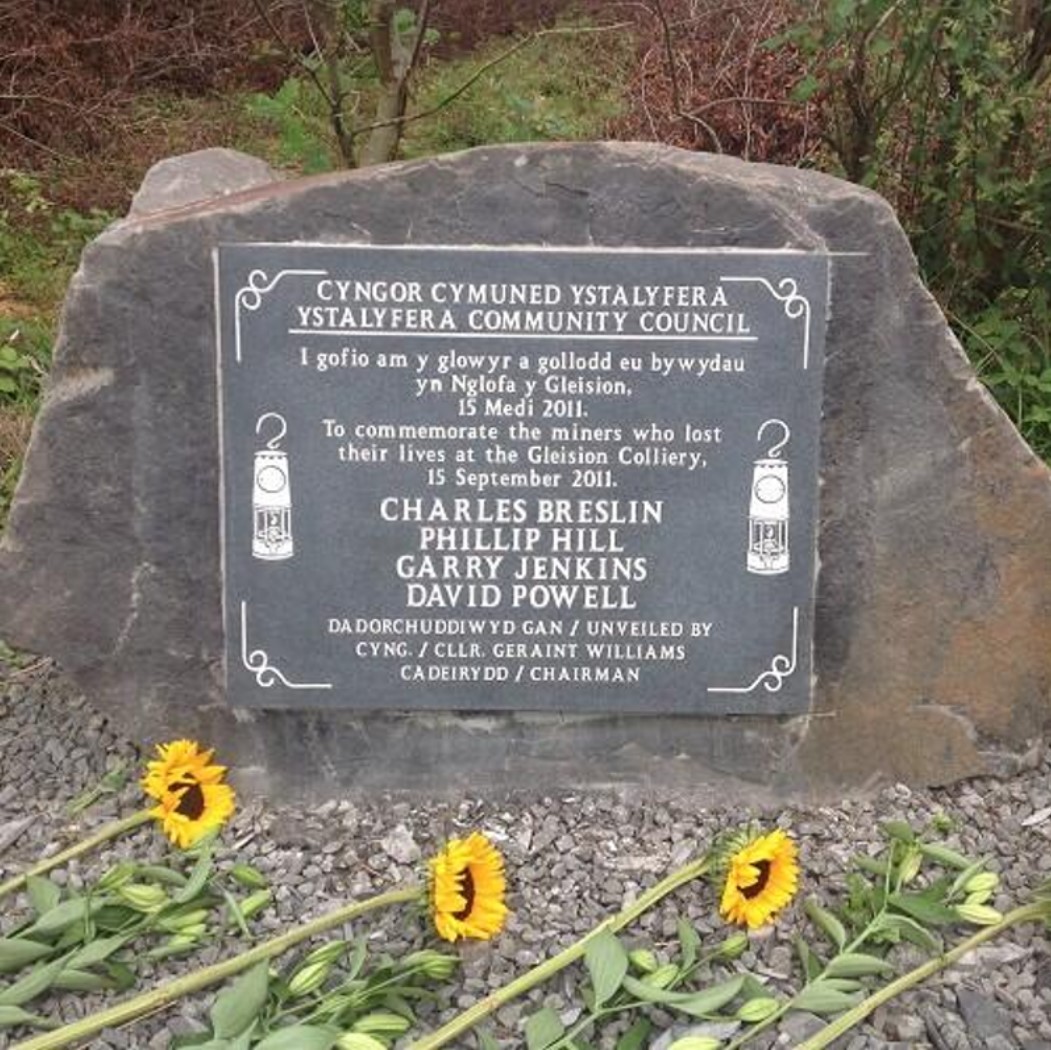
Source: Wikimedia
While three miners managed to escape the flooding, the other four died and were discovered the following day.
